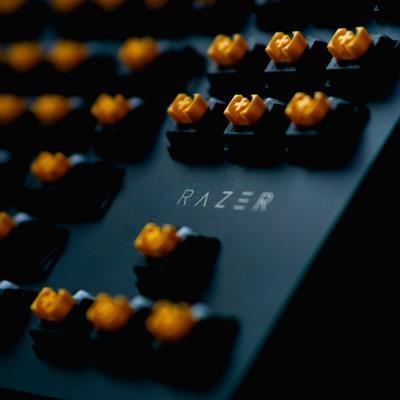
In the world of computer, mechanical keyboards quickly became the preferred choice for gamers, professionals, and writers.
The unsung heroes of these keyboards are the "switches," physical switches responsible for the keyboard's feel, sound, and responsiveness. But what are the differences between mechanical keyboard switches? And what should you know before deciding which switch to use?
If you've ever wondered about this, you're in the right place. Let's explore these differences and everything you need to know to choose the best mechanical keyboard switch for you.
Differences between mechanical keyboards and membrane keyboards.
Before we dive into the ocean of mechanical keyboard switches, it's important to understand the difference between mechanical keyboards and membrane keyboards.
Membrane keyboards are the most common type, whether in the form of a peripheral or a laptop keyboard. They operate by sending an electrical signal between two plastic membranes. As a result, regardless of the force and speed with which the keys are pressed, the feedback remains the same.
They typically feature low-profile keys (also known as 'chiclet' keys) or medium-profile keys and are quieter, more affordable, and have a smoother feel.
On the other hand, mechanical keyboards use an individual mechanical switch for each key. As we'll see shortly, there are different types of switches that result in significantly different experiences.
These keyboards typically offer more tactile and audible feedback, ensuring a more precise and consistent keypress feel. Additionally, this technology makes them heavier and more durable, with each individual switch capable of surviving millions of keypresses.
Types of mechanical keyboard switches
The choice of a mechanical keyboard involves a slight initial learning curve. At the heart of this keyboard are the switches, which are primarily responsible for the differences between mechanical keyboards. Since we're all different, you'll likely have a preference for a specific switch.
While there are various types of mechanical keyboard switches, we'll focus on the three most popular groups. To make these distinctions easier, we'll use Cherry MX switches as a reference, as they are the most common in these keyboards.
Linear switch: Results in a smooth and consistent keypress, with no tactile bump or audible click, providing an experience similar to that of a membrane keyboard. They are often preferred by gamers due to their quick actuation. Linear switches in this category include MX black and MX red switches.
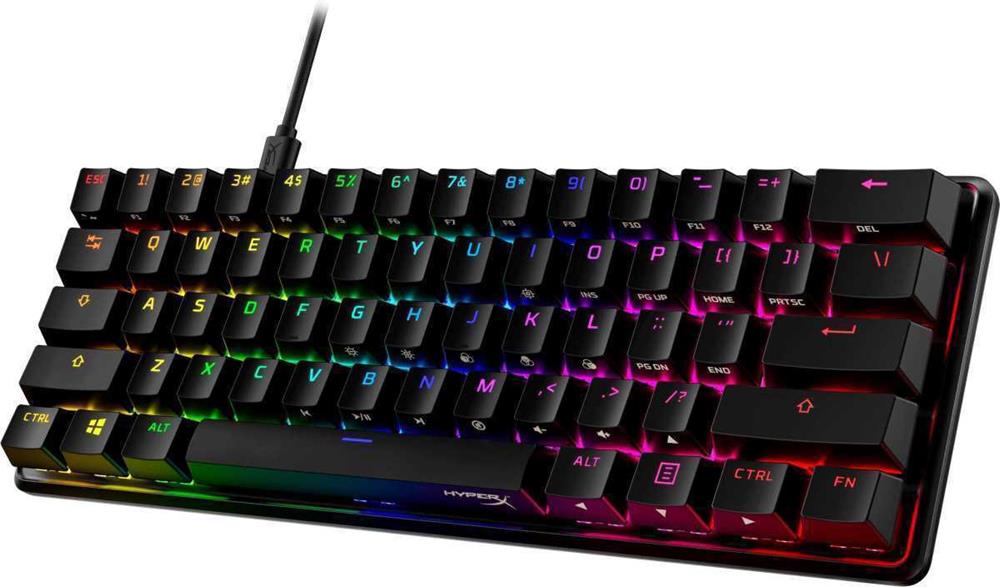
Hyperx Alloy Origins 60rgb Gaming (switch red)
Clicky switch: As the name suggests, these switches provide an audible click along with a tactile bump. Ideal for those who spend a lot of time typing, as it makes it easier to register each keypress without the need for deep presses. However, it's worth noting that they can be a bit noisy. In this group, the MX blue switch is included.
Motospeed Ck61 Rgb (switch blue)
Tactile switch: Provides a noticeable bump in the middle of the keypress, offering feedback that the key has been pressed, but without producing very audible clicks. They are essentially a middle ground between a linear and a clicky switch. They can be a good choice for gamers looking for a smoother typing experience. In this category, switches like MX brown and MX blue (which are also clicky) are included.
Now that the differences are listed, let's address some of the questions we are frequently asked!
Mechanical Keyboard Switch Blue vs. Red: What's the main Difference?
Using the information we've explored above as a reference, it becomes easy to understand that these are two quite different switches. The MX Red switch is entirely focused on a linear response, without tactile bumps or audible clicks, and it's very quiet. Therefore, it's a good choice for gamers.
On the other hand, the MX Blue switch provides tactile feedback and produces a very audible 'click!' sound. It's a good choice for those who spend a lot of time typing, as long as they don't mind the noise (remember this if you'll be using the keyboard in a shared space!).
This brings us to another frequently asked question.
What is the quietest mechanical keyboard switch?
Here, the answer is not so straightforward. Just looking at the information shared above, it would be immediate to say that a clicky switch will be less quiet, and thus, a switch like MX black or MX red would be quieter than the others. However, these switches still produce some noise.
Nowadays, several manufacturers of mechanical keyboards include rubber rings (o-rings) or a sponge (pads) designed to dampen the noise produced by the keys. These keyboards may be labeled as "silent," making the choice easier.
Finally, it's also important to know that you can purchase these rings and pads separately and install them on your keyboard to reduce noise.
In the end, which one should you choose?
The experience of using a mechanical keyboard will always be different for each of us.
While this article can give you a good idea of which switch might be more suitable for the type of use you'll have for the keyboard, there's nothing like experiencing each switch firsthand.
Our best advice is to visit one of our physical stores in Porto or Braga and try out the mechanical keyboards we have on display. We're confident that one of our experts will be able to help you make the right choice for you.
In the meantime, take a look at our online store for mechanical keyboards!
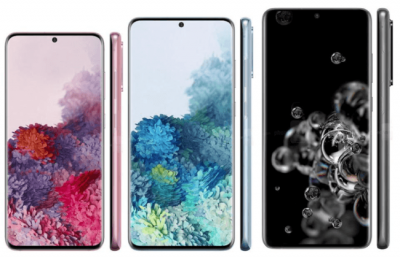


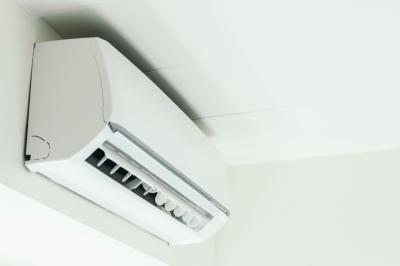

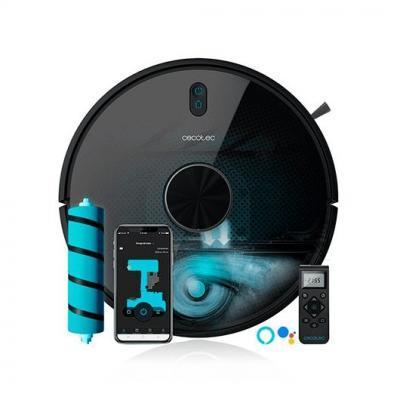
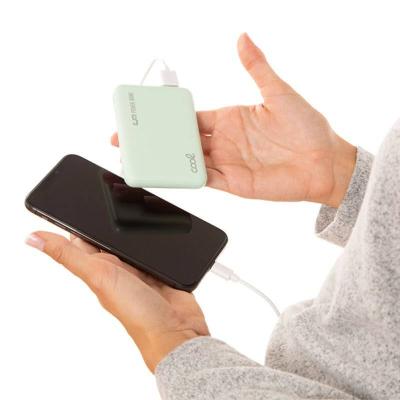

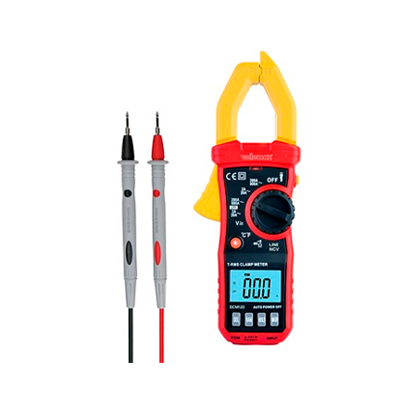
Comments